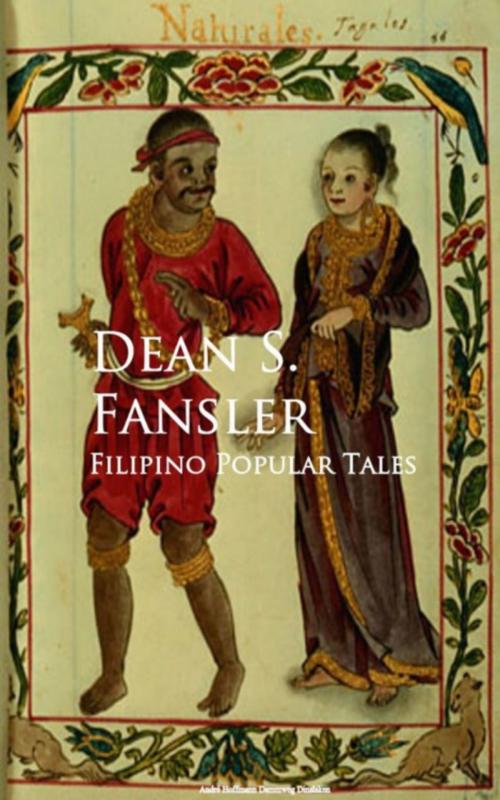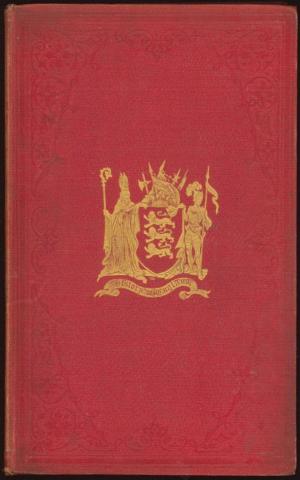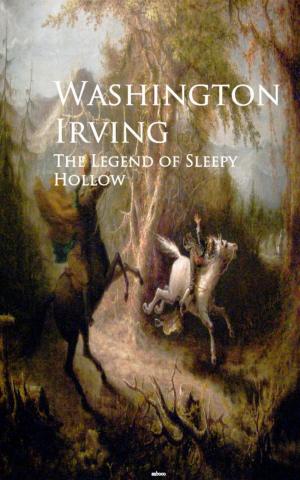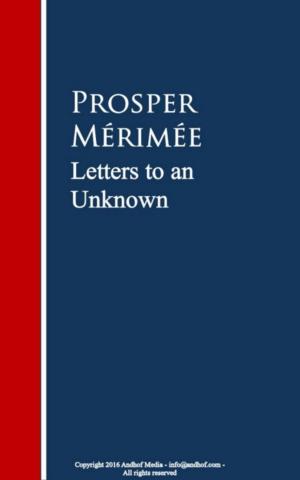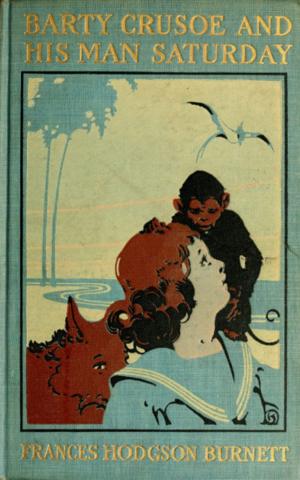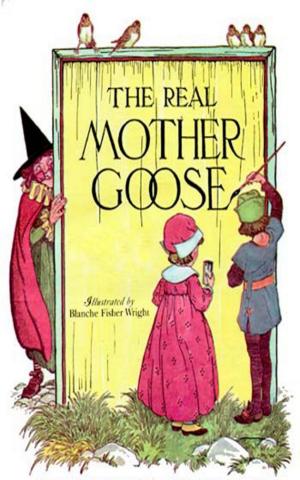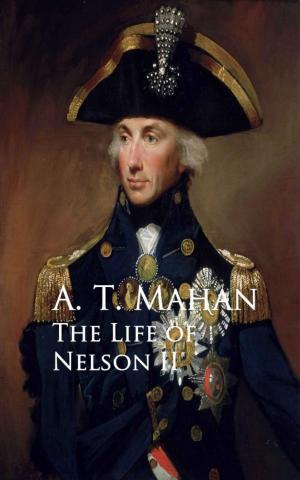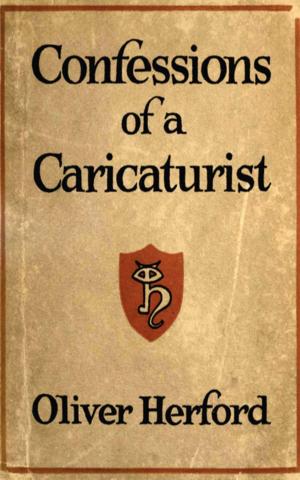| Author: | Dean S. Fansler | ISBN: | 9783736413689 |
| Publisher: | anboco | Publication: | September 6, 2016 |
| Imprint: | Language: | English |
| Author: | Dean S. Fansler |
| ISBN: | 9783736413689 |
| Publisher: | anboco |
| Publication: | September 6, 2016 |
| Imprint: | |
| Language: | English |
The folk-tales in this volume, which were collected in the Philippines during the years from 1908 to 1914, have not appeared in print before. They are given to the public now in the hope that they will be no mean or uninteresting addition to the volumes of Oriental Märchen already in existence. The Philippine archipelago, from the very nature of its geographical position and its political history, cannot but be a significant field to the student of popular stories. Lying as it does at the very doors of China and Japan, connected as it is ethnically with the Malayan and Indian civilizations, Occidentalized as it has been for three centuries and more, it stands at the junction of East and West. It is therefore from this point of view that these tales have been put into a form convenient for reference. Their importance consists in their relationship to the body of world fiction. The language in which these stories are presented is the language in which they were collected and written down,—English. Perhaps no apology is required for not printing the vernacular herewith; nevertheless an explanation might be made. In the first place, the object in recording these tales has been a literary one, not a linguistic one. In the second place, the number of distinctly different languages represented by the originals might be baffling even to the reader interested in linguistics, especially as our method of approach has been from the point of view of cycles of stories, and not from the point of view of the separate tribes telling them. In the third place, the form of prose tales among the Filipinos is not stereotyped; and there is likely to be no less variation between two Visayan versions of the same story, or between a Tagalog and a Visayan, than between the native form and the English rendering.
The folk-tales in this volume, which were collected in the Philippines during the years from 1908 to 1914, have not appeared in print before. They are given to the public now in the hope that they will be no mean or uninteresting addition to the volumes of Oriental Märchen already in existence. The Philippine archipelago, from the very nature of its geographical position and its political history, cannot but be a significant field to the student of popular stories. Lying as it does at the very doors of China and Japan, connected as it is ethnically with the Malayan and Indian civilizations, Occidentalized as it has been for three centuries and more, it stands at the junction of East and West. It is therefore from this point of view that these tales have been put into a form convenient for reference. Their importance consists in their relationship to the body of world fiction. The language in which these stories are presented is the language in which they were collected and written down,—English. Perhaps no apology is required for not printing the vernacular herewith; nevertheless an explanation might be made. In the first place, the object in recording these tales has been a literary one, not a linguistic one. In the second place, the number of distinctly different languages represented by the originals might be baffling even to the reader interested in linguistics, especially as our method of approach has been from the point of view of cycles of stories, and not from the point of view of the separate tribes telling them. In the third place, the form of prose tales among the Filipinos is not stereotyped; and there is likely to be no less variation between two Visayan versions of the same story, or between a Tagalog and a Visayan, than between the native form and the English rendering.
